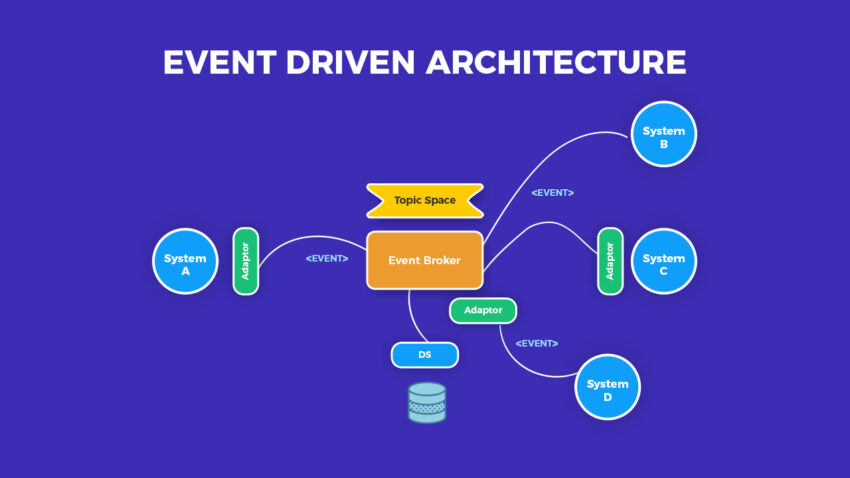When you think of events, you may think of a party, the Super Bowl, or just current events in the day’s news. Well, events are much more eventful for various businesses. An event in industry is defined as a change of state of some key business system.
Whether it’s someone checking in for a flight or buying milk at the grocery store, this could be considered an event. With the proper architecture to tackle an event stream, these moments will likely trigger one or more actions or processes in response to its occurrence. Here is how events vary across industries and event channels.
Understanding Event-Based Architecture

To understand how events vary across different sectors, it’s important to first understand what goes into event-driven architecture. Also known as EDA, it’s a software design pattern that enables organizations to detect important business moments such as transactions and site visits, acting on them in real time or close to it.
This pattern replaces the traditional “request/response” architecture where services had to wait for replies before moving on to the next task. The flow of this architecture is run by events, and it’s designed to respond to them or carry out another specific task in response to the event.
This technology is commonly seen in customer service. For example, any time you’ve clicked a link to reset your email’s password, you’ve set off an event for that internet service provider. The response is read, with an email sent off to the account holder to reset the password. However, with EDA, another user can send the same request. This architecture acts as a message broker, addressing the event type in real time without having to wait on replies or connections.
The Evolution of EDA

With event-based architecture, when an event notification is sent, the system captures that something happened like a change in state has occurred. The application that received that message can either respond or wait to respond until the change in state has occurred that it is waiting for.
The goal of these systems is to be able to function with security, scalability, and agility. This is breaking away from the past data-centric model with the priority being on not losing any data.
EDA uses a log analogy to keep track of application state rather than information that grows old over time. In the market research sector, this is the framework by which trends are identified, similar to how one may see a snapshot of a hurdle on a manufacturing supply chain. In this architecture, you have event producers that generate and send notifications.
There could be several applications listening or waiting for that notification when they trigger their own internal systems. You may notice this on social media when you’re searching for a product and ads for that product just keep on popping up.
How EDA Works Today

From simple to complex events, the right architecture tackles event sources with the goal of clarity and security. EDA can include three parts: event consumer, producer, and broker. The broker is optional if an event is linked by direct communication by an event message and not multiple points of integration. If you are forwarding data from a physical database to a cloud service, a broker won’t be necessary.
However, that third party may be needed for event consumers and event producers in circumstances where there are several tasks needed to maintain logic flow. For example, if you’re a retailer, you’re not only using an architecture pattern to monitor sales of items but also to monitor for credit card fraud. That invokes a broker to check for fraudulent purchases and assist credit card processors. Consider EDA as the new order to this point in business evolution.

